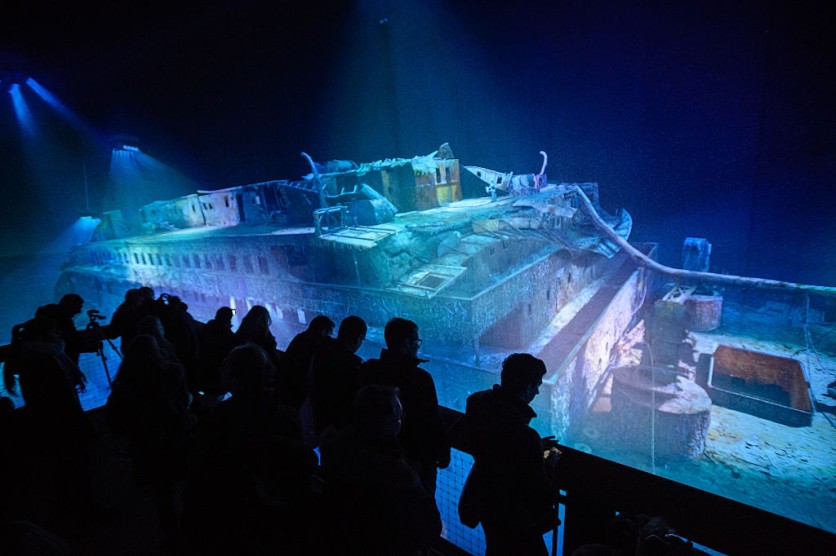The fateful wreckage of the RMS Titanic has long intrigued historians, artists, and even filmmakers. But this time, a rare and unseen footage features the massive shipwreck like never before and everyone can watch it for free.
The one hour and 21-minute video of the Titanic was released by Woods Hole Oceanographic Institution (WHOI) on YouTube. According to ScienceAlert's report, this footage was already filmed in July 1986 by cameras on the crewed submersible DSV Alvin and its remotely operated craft Jason Jr.
However, this is the first time that the public will witness the full uncut footage.

Jason Jr. and Alvin
Jason Jr. was connected to Alvin, a US Navy research submersible that was run by WHOI, through a 300-foot (91 meters) fiber optic cable.
The team was able to access and take pictures of portions of the wreck that Alvin was unable to reach thanks to Jason Jr.
The footage is historic in every sense because it also marked the first time that humans were able to take a closer look at the shipwreck.
On 1 September 1985, an expedition led by WHOI and the French oceanographic exploration group Institut français de recherche pour l'exploitation de la mer made the initial discovery of the wreckage.
A towed underwater camera was used to detect it, and in July 1986, a three-person crew went back to the location to investigate more and record the footage.
The footage is being made available unedited and largely unnarrated, and it will feature rooms and other areas of the ever-iconic passenger ship.
Read also : Maritime Archaeologists Shed Light on a Mysterious Rotting Ship Found in the Graveyard of Shipwrecks
8k Footage of the Titanic
In September 2022, an expedition team dove into the Titanic wreckage and filmed it in the highest quality possible.
Stockton Rush, president of OceanGate Expeditions, claims that the footage is the first and only 8K recording of the Titanic ever made.
The shipwreck is believed to be home to a variety of marine animals that may soon be identified by scientists with the aid of the high-quality footage.
"This marriage of biology, ecology, archaeology, and GIS mapping is making a unique contribution to the study of the Titanic and, perhaps more importantly, the ocean's floor. Today, we have better maps of the surface of the moon than we do of the Earth's oceans and that needs to change," Dr. Steve W. Ross, OceanGate Expeditions Chief Scientist, said in a press release.
The Titanic collided with an iceberg in the middle of the Atlantic, killing almost 1,500 of the 2,240 persons on board, including passengers and crew.
Subsequent reports said that the bow section, which may have traveled at a speed of roughly 30 miles per hour, took about six minutes to strike the ocean surface.
Related Article : Archaeologists May Have Found a 200-year-old Skeleton that Belonged to a Shipwrecked Sailor in Cornwall

ⓒ 2025 TECHTIMES.com All rights reserved. Do not reproduce without permission.




